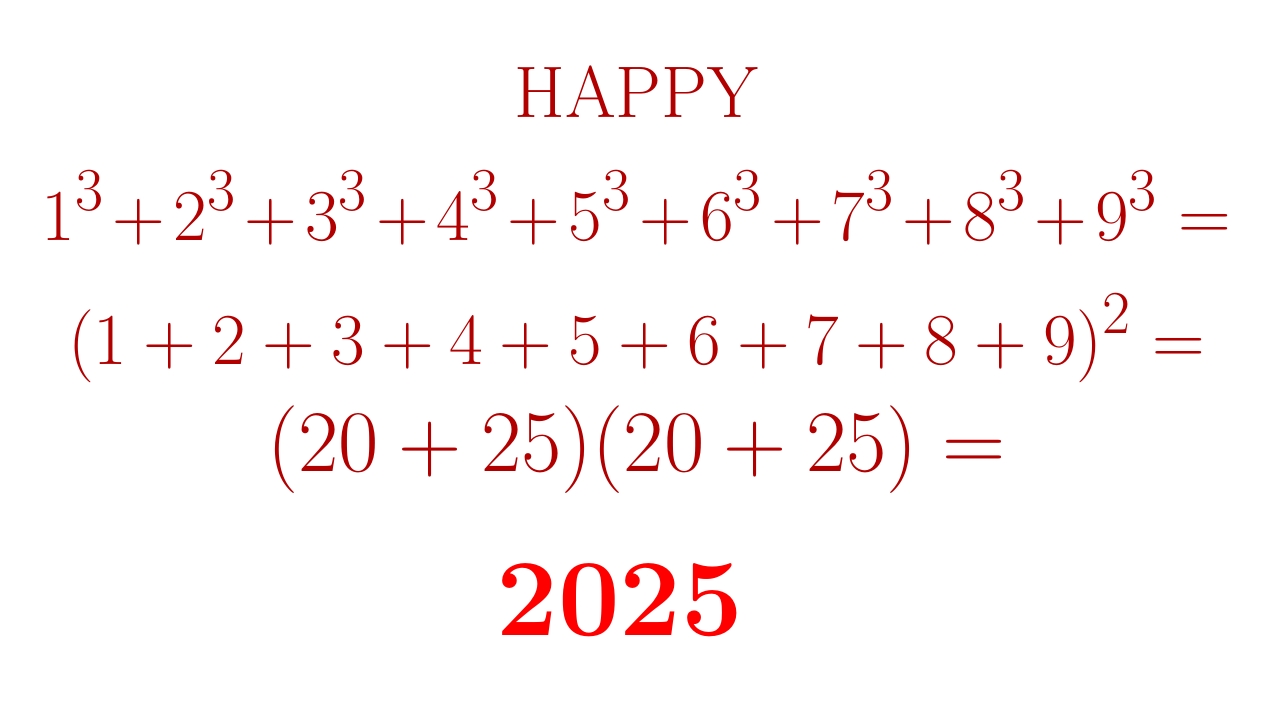

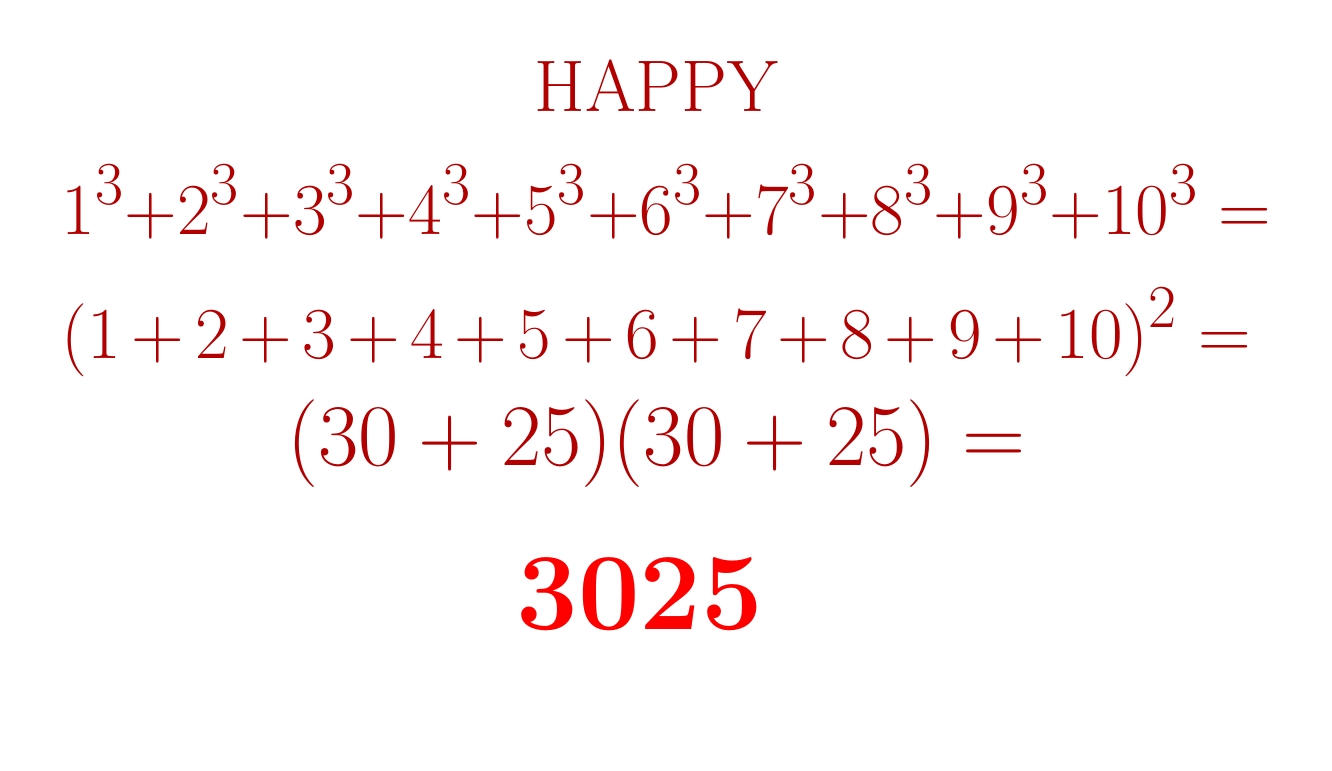

Hurrah! Biden says that in a few days he will effectively double the size of Joshua Tree National Monument by creating the long-dreamt-of Chuckwalla National Monument. Check out some pictures in the next posts.
The monument also follows the Desert Renewable Energy Conservation Plan, so it avoids nearly 400,000 acres that could host sprawling solar farms.
Here are a couple of pictures of the land:


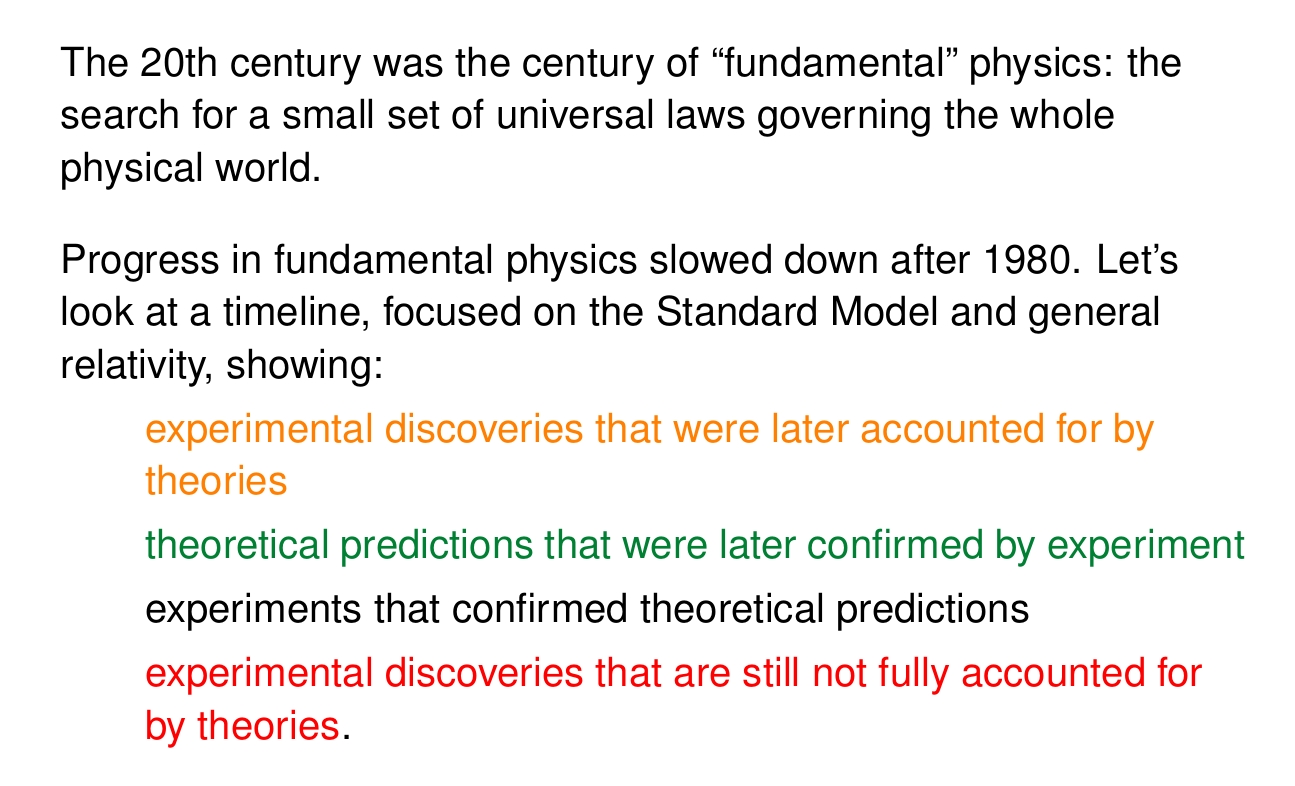
Is fundamental physics really experiencing a Great Stagnation? In this thread, let's look at the history of fundamental physics from the dawn of the 20th century to now.
Experimental discoveries that were later accounted for by theories will be shown in yellow. (Mustard?)
Theoretical predictions that that were later confirmed by experiment are in green.
Experiments that confirmed theoretical predictions are in black.
Experiments that are still not accounted for by theories are shown in red.
(Yes, I'm a theorist. So to me, green means "success!" while red means "hey, we gotta do something here!)
One could argue endlessly about what to put on this list, and also what counts as 'fundamental' physics. To me, the 'fundamental' laws of physics are those that in principle we could use to compute all the physical quantities that we can compute at all.
The words 'in principle' are carrying a lot of weight here. There are many laws, like formulas for turbulent fluid flow or masses of short-lived particles made of quarks, that we can't yet derive from the so-called 'fundamental' laws. Yet most physicists think these are just signs of limitations in our ability to work with the fundamental laws, not new fundamental laws.
There is a long conversation to be had here about computability, chaos, etc. But that's not what these posts are about! Let's go back to the turn of the 20th century, and see how fundamental physics has grown since then.
Actually we should start in 1897.
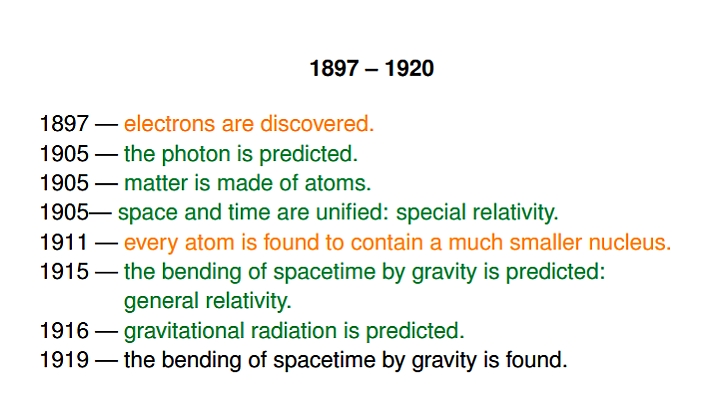
The really shocking thing is how much the first two decades of fundamental physics in 20th century were dominated by one man: Einstein.
In the same year he predicted that light was made of particles, showed how to prove that matter was made of atoms, and unified space and time.
After thinking for a decade more, he gave a precise formula explaining gravity as the curvature of space and time, and predicted that gravity could form waves.
The two really big experimental surprises in this era are shown in yellow. In 1897, J. J. Thomson discovered electrons, and in 1911 Rutherford's team discovered that every atom has a small heavy central core.
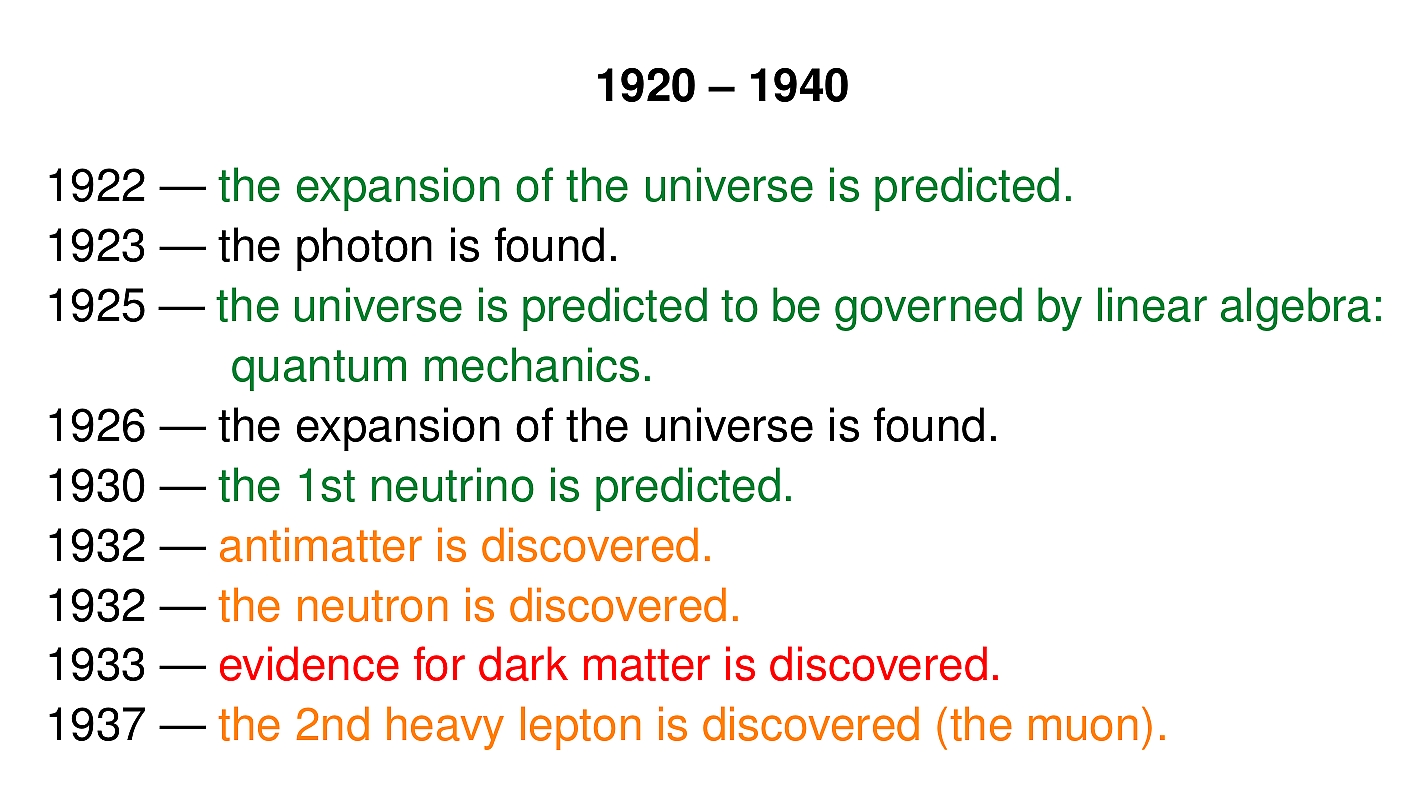
The period from 1920 to 1940 was just as explosive in fundamental physics.
In 1922, Friedmann used Einstein's theory of gravity to predict that the universe is expanding: galaxies are moving away from each other. In just 4 years this was confirmed by Hubble!
Einstein's predicted particles of light were found in 1923 and eventually called 'photons'.
But the biggest revolution occurred around 1925, when Schrödinger, Heisenberg, Born, Jordan, Dirac and others discovered that most of the universe was governed by linear algebra. This new way of understanding physics is called 'quantum mechanics'. One of its first big successes was computing the spectrum of light emitted by hydrogen, but thousands more came soon.
Then in orange we see a bunch of shocking experimental discoveries that eventually fit into the Standard Model... and one in red that we still don't understand!

In fundamental physics, the period from 1940 to 1960 looks a bit slower than the previous two decades. Perhaps World War II slowed things down.
But the development of quantum electrodynamics was huge. People had been trying for decades to unify quantum mechanics with special relativity — that is, understand a world where space and time are unified and all particles and forces are described using linear algebra. Initial attempts gave infinite answers to physics questions.
Only when Tomonaga, Schwinger and Feynman developed 'renormalization' did this project begin to succeed. At first it only applied to charged particles interacting by exchanging photons. This is called quantum electrodynamics. But this opened the floodgates for future work on quantum field theory.
Pauli had predicted there must be a hard-to-detect and almost massless particle which he called the 'neutrino'. This was found in 1956. It turned out to be just the first of three.
And also in 1956, a huge experimental shocker: Wu discovered that left and right are fundamentally different!
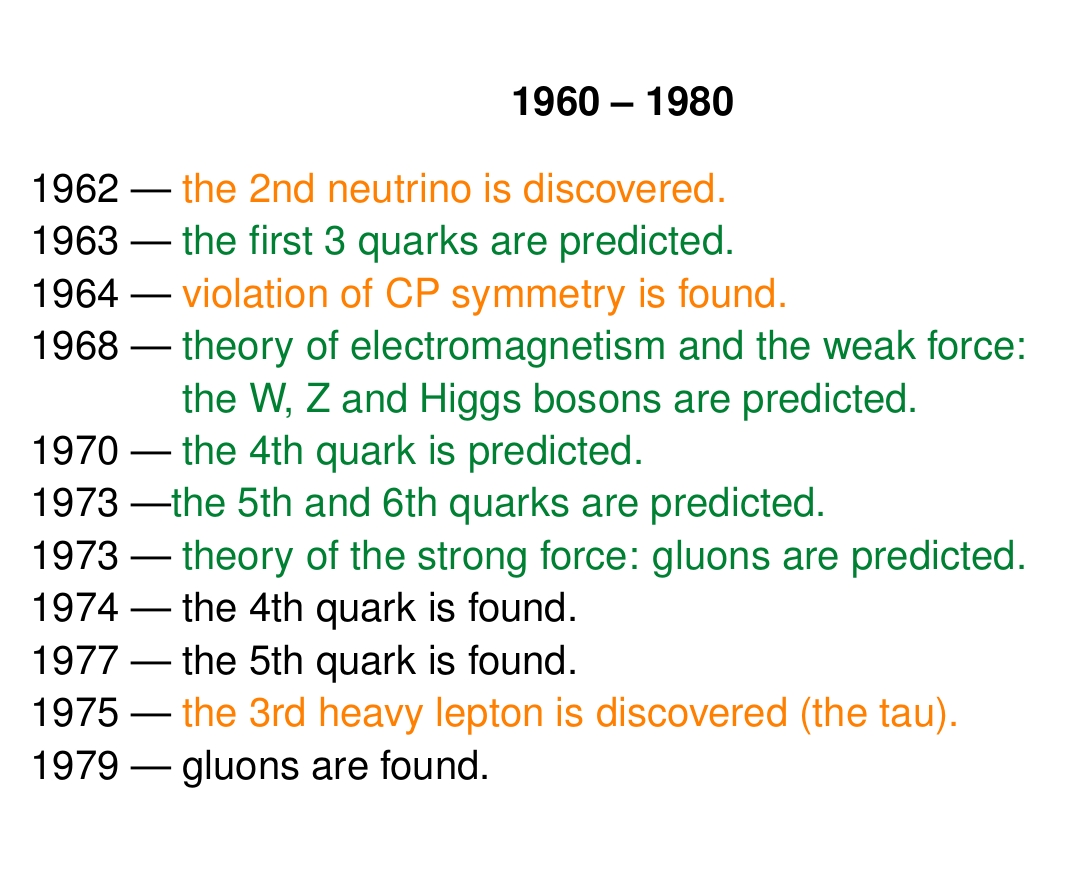
The period from 1960 to 1980 was the heyday of particle physics! This is when I was a kid, so you can see I wanted to work on fundamental physics.
There was a thrilling interplay of theory and experiment. There were plenty of experimental surprises that were later fit into the Standard Model (in yellow), but also brand-new theories, now parts of the Standard Model, that were later confirmed by experiment (in green).
The 2nd neutrino came as a surprise, but the first 3 quarks were predicted to exist, by Gell-Mann, Zweig and others, based on data about the zoo of particles (made of quarks) that were being discovered. Electromagnetism was unified with the weak nuclear force in a theory that predicted the W, Z and Higgs bosons. Then 3 more quarks were predicte - and people came up with a theory of the strong nuclear force that holds together quarks, saying that it's carried by bosons of its own, jokingly called gluons.
The biggest experimental surprise in this era is the discovery that not only is left different from right, the world also change if you could switch left and right while switching matter and antimatter. This is called the violation of CP symmetry. This too is now a key part of the Standard Model.
You'll notice that, despite all this excitement, physicists were starting to probe realms very far from everyday human experience. Unlike work down in the first half of the century, it's hard to use these theories to build new technologies. The low-hanging fruit had already been picked when it comes to finding new fundamental laws. By this time, most physics was about applying the laws we already knew.
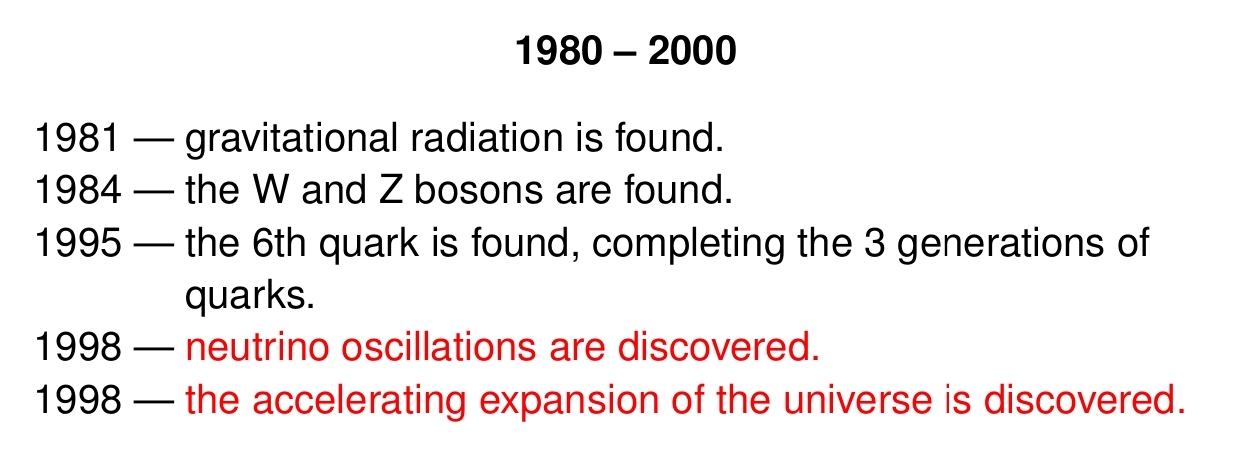
The gusher of new fundamental physics slowed in 1980.
Indeed, from this time on we don't see anything in yellow or green — that is, new experimental discoveries that by now are well understood theoretically, or new fundamental theories that have by now been confirmed by experiment. This is what I call the Great Stagnation.
Instead, what we see are confirmations of old theories, in black, and experimental surprises that we still don't fully understand, in red. Of course the red stuff is not necessarily bad! This is where we can hope for new progress. Most of it comes from astronomy.
I personally feel the new slightly tweaked Standard Model with Dirac masses for neutrinos will correctly account for how neutrinos 'oscillate' — that is, switch back and forth between different kinds. But the jury is still out out on that.
The accelerating expansion of the universe came as a huge surprise at first, but in 1998 it was confirmed by two independent teams, the Supernova Cosmology Project and the High-Z Supernova Search Team. By now we have lots more data on this, but people still argue about it a lot as each new experiment comes in. The simplest theory of accelerating expansion goes back to Einstein and DeSitter: a 'cosmological constant' giving empty space a constant negative pressure and positive energy density. It's also called 'dark energy'.
But physicists can make up theories where the dark energy is getting stronger with time, or weaker. So some claim the acceleration is increasing, while others claim it's decreasing. You see lots of stories about this in the pop science news. Take them with a big grain of salt. Better experiments are coming.

By 2000 the Great Stagnation in fundamental physics was well underway.
Yes, the discovery of the Higgs boson was a great triumph of experimental physics. But in the grand scheme of things, it was like finding your wallet on your desk where you knew you must have left it.
I didn't even list the detection of gravitational waves by LIGO and Virgo in 2016. This is a bit brutal, but I already listed 1981 as the year when Hulse and Taylor discovered that a binary pulsar is emitting gravitational waves just as predicted by Einstein's theory. So by 2016, we all knew gravitational waves existed. The interesting part was becoming able to detect them well enough to start using them as a tool in astronomy! And this has been great: we're discovering a lot of surprises. But not — yet — new fundamental laws.
I also haven't listed all the new observations concerning dark matter, or whatever is making galaxies spin faster than we'd expect. The original discovery goes back to 1933. What we are doing now is collecting more and more data... which so far is making the mystery ever more intriguing and mysterious. So this is not stagnation by any means. But we have not found the fundamental laws that explain what's going on.
What does it all mean? I have plenty of thoughts, but today I just wanted to review the arc of fundamental physics since 1897, in a very crude outline.
January 12, 2025
Today the nearest star is Proxima Centauri, just 4¼ light years away. It's a small red dwarf with 2 or 3 planets. Unfortunately it shoots out big X-ray flares. It orbits two other stars: one, called Rigil Kentaurus, is a bit bigger than the Sun, while the other, Toliman, is a bit smaller. They orbit each other every 79 years, while Proxima Centauri orbits both of them every 500,000 years.
But if we wait, various other stars will drift by and temporarily become closer!
Barnard's Star will swing by and tie Proxima Centauri for a short time 10,000 years from now. It's just a bit bigger than Proxima Centauri, and it has one planet.
Ross 248 will be the closest star for about nine millennia starting 30,000 years from now. It's another red dwarf, with huge starspots due to its powerful magnetic field.
Then Gliese 445, yet another red dwarf, will become the closest star for a while. During this time the Voyager 1 probe will pass within 1.6 light years of this star.
And so it goes. I wonder when a star will get really close to the Sun, like 1 or 2 light years? This could shake up the Oort cloud, the cloud of icy bodies in our solar system that stretches out for 1.5 years. Then we'd get lots of comets!
What I want to know is: what's the nearest star with a planet with life? Red dwarfs are common, but their habitable zone is close to the star and many of these stars put out powerful flares, like Proxima Centauri. The combination is not promising.
For more on the nearest stars, try this:
January 30, 2025
I love going on walks. You never know what you'll find.
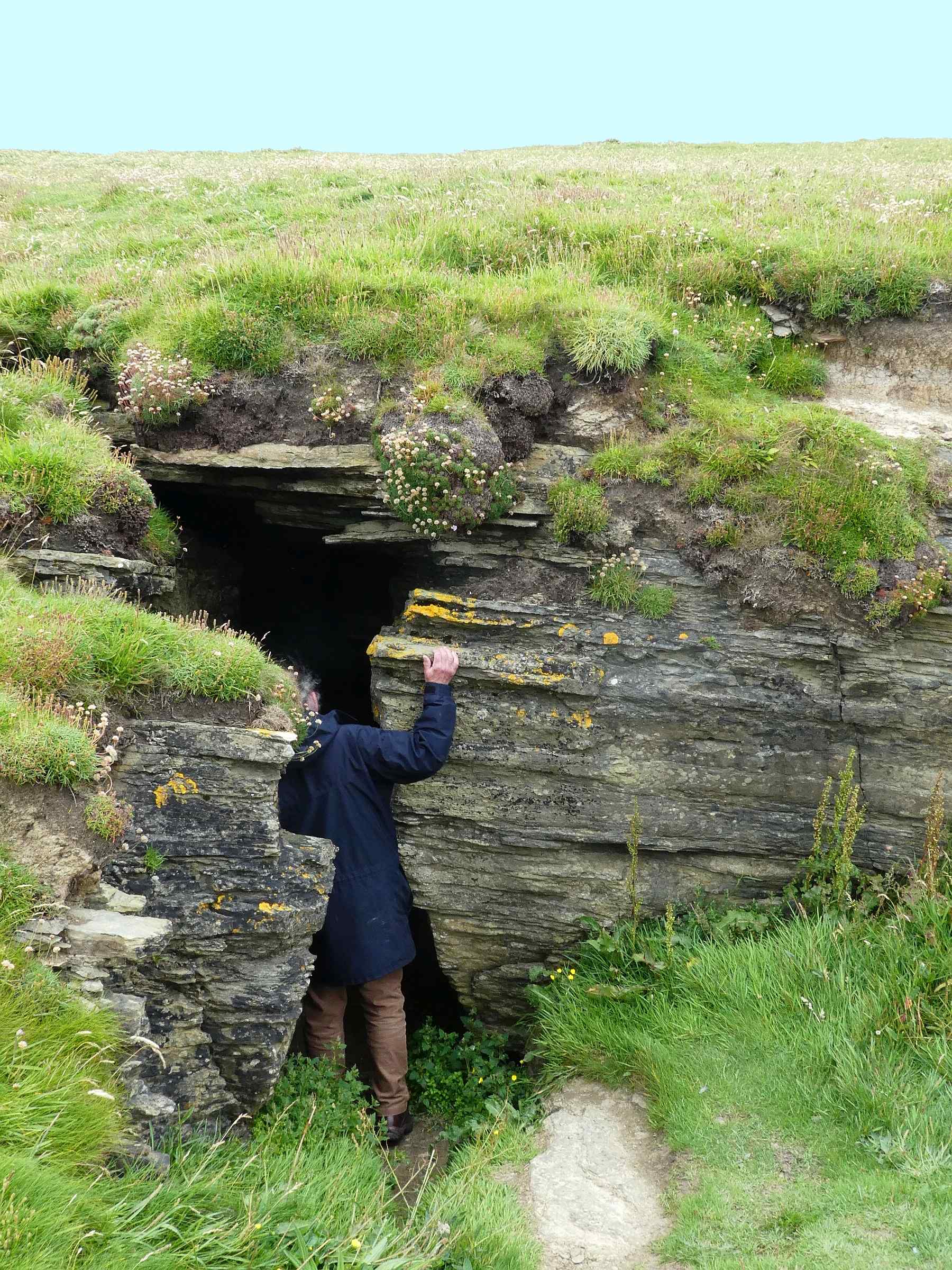
This is my friend Michael Fourman exploring a crevice near the Brough of Birsay, in Orkney.